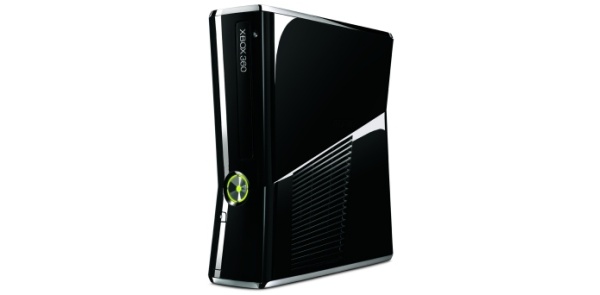
Sony's PlayStation 3 (PS3) console can take advantage of morphological anti-aliasing (MLAA) operations when rendering HD graphics. By removing forms of "jagged edge" pixelation, this can help to make high-detailed graphics look as smooth and as realistic as possible (though it does have its problems too).
Modern PC graphics cards can also take advantage of MLAA, which can go far beyond multi-sample anti-aliasing (MSAA) found in games consoles too. Sony's utilization of MLAA can be seen in rendering of God of War III. While the effect it has on the graphics can be observed as positive, it is expensive from a computational perspective.
The MLAA used with the PS3 requires 3-4ms of rendering time spread across five SPUs. Still, the technology would benefit the Xbox 360 console greatly as the fight goes on to squeeze as much as possible out of the current generation of games console hardware.
Two developers, Jorge Jimenez and Jose I. Echevarria, are working on a GPU-based implementation that repoertly works very well on the Xbox 360 and the PC. "On the Xbox 360 we run at 2.47ms, with still a lot of possible optimisations to try," Jimenez told GamesIndustry.biz.
It will be interesting to see if the technology finds its way to Xbox 360 titles. Recent reports that there could be a new Xbox as soon as next year have been rejected by multiple Microsoft executives, who have commented that the Xbox 360 is about halfway through its life cycle, and has been given a major boost by Kinect.
Written by: James Delahunty @ 30 Jun 2011 0:43


